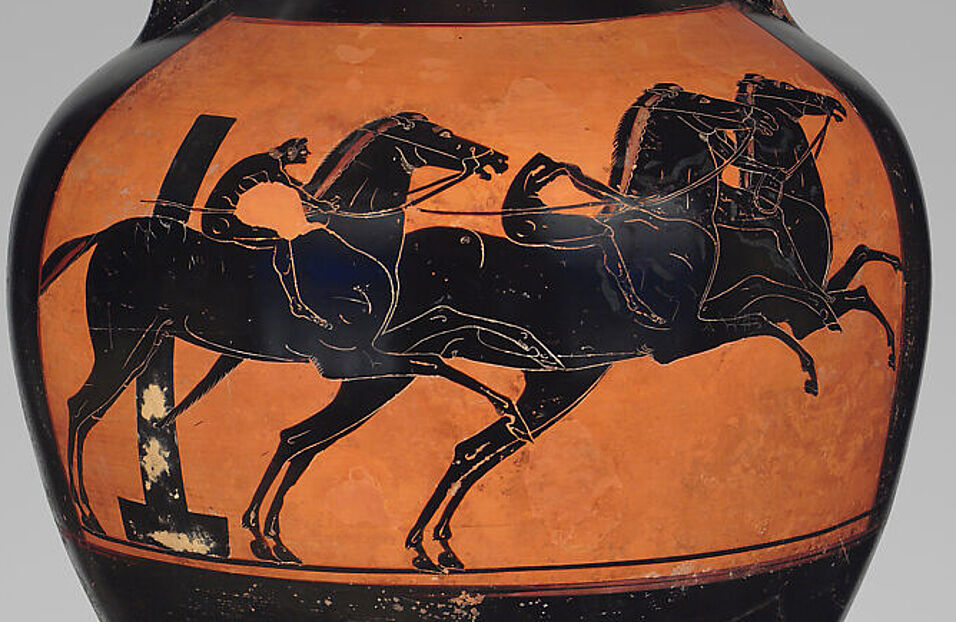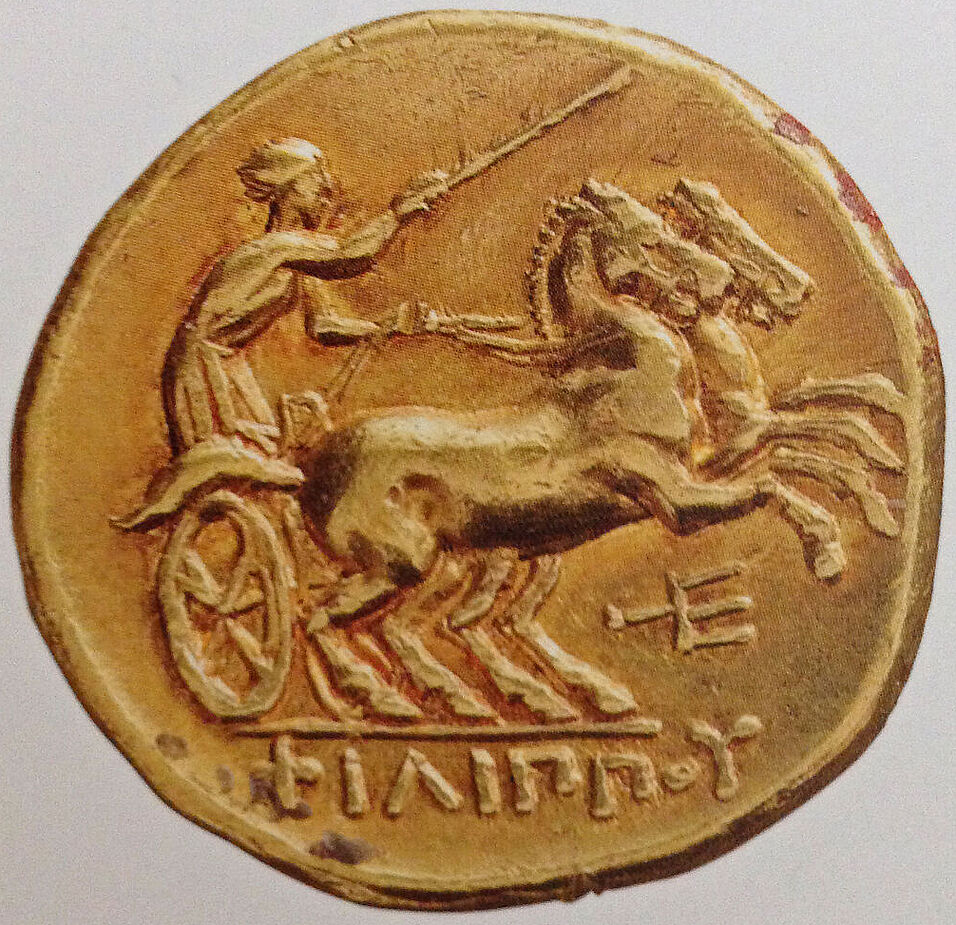V O R T R A G – vor Ort (SE 12)
Di, 4. Juni 2024, 18 Uhr s. t.
Carolyn Willekes (Mount Royal University)
When Philip II of Macedon won the chariot race at Olympia in 352 BCE, he was following a long-established aristocratic tradition. Of all the events at the Olympics and other Panhellenic games, the equestrian contests were the prerogative of the elite. Philip‘s victory at Olympia in 352 (and subsequently in 348) was, however, more than just another feather in his cap: he was not simply declaring his wealth and status via chariot, he was making a definitive statement about his place in the Greek world. This statement did not end nor begin with Philip, as participation in the equestrian events at the Panhellenic games was a regular occurrence amongst tyrants, monarchs, and rich aristocrats throughout the Classical and Hellenistic periods. The victorious racehorse was used as a symbol of legitimacy, power, and status. Its image was emblazoned on coins, displayed in large-scale monuments, and commemorated with victory odes.
This talk will examine the significance of the racehorse as a legitimizer of power and the concept of ‚Greekness‘ in the Classical and Hellenistic worlds, particularly its impact on the Hellenistic rulers as they attempted to fashion their own royal identity outside of the traditional Greek world.


